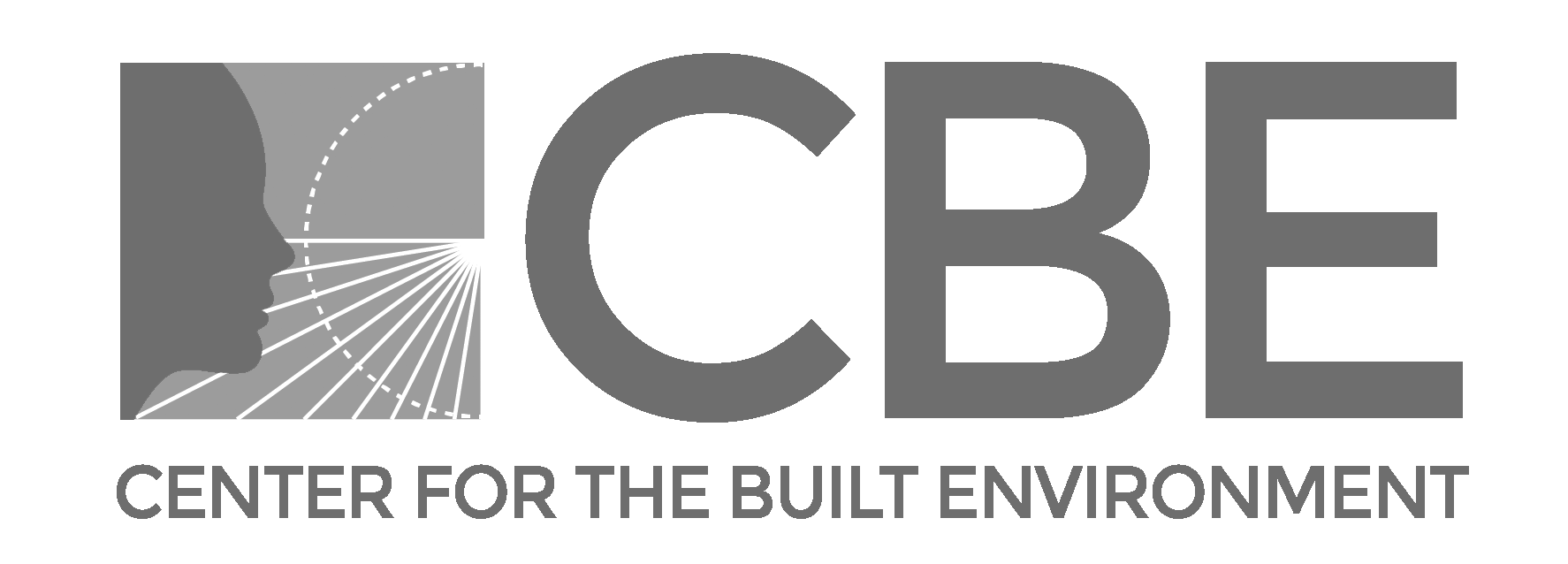Adequate views of the outside are one of the most cited indoor qualities related to occupant well-being. Early design decisions, such as building orientation, plan layout, and façade design can make or break view quality. SEEMO, a novel framework for early design window view satisfaction evaluation, aims to facilitate a better understanding of occupant view satisfaction and provide reliable design feedback. The project hypothesizes that we can leverage machine learning to quantify highly subjective human experiences in architecture if enough data can be collected.
People spend approximately 90% of their lives indoors, and thus arguably, indoor space design can significantly influence occupant well-being. Adequate views to the outside are one of the most cited indoor qualities related to occupant well-being. However, due to urbanization and densification trends, designers may have difficulties in providing vistas and views to the outside with an assortment of content, which can support the needs of their occupants. To better understand occupant view satisfaction and provide reliable design feedback to architects, existing view satisfaction data must be expanded to capture a wider variety of view scenarios and occupants. Most related research remains challenging in architectural practice due to a lack of easy-to-use early-design analysis tools. However, early assessment of view can be advantageous as design decisions in early design, such as building orientation, plan layout, and façade design, can improve the view quality. This paper, hence, presents results from a 181-participant view satisfaction survey with 590 window views. The survey data is used to train a tree regression model to predict view satisfaction. The prediction performance was compared to an existing view assessment framework through case studies. The result showed that the new prediction (RMSE = 0.65) is more accurate to the surveyed result than the framework (RMSE = 3.78). Further, the prediction performance was generally high (R2 ≥ 0.64) for most responses, verifying the reliability. To facilitate view analysis in early design, this paper describes integrating the satisfaction prediction model and a ray-casting tool to compute view parameters in the CAD environment.
Kim, J., Kent, M., Kral, K. & Dogan, T. (2022). Seemo: A New Tool for Early Design Window View Satisfaction Evaluation in Residential Buildings. Journal of Building and Environment. https://doi.org/10.1016/j.buildenv.2022.108909










